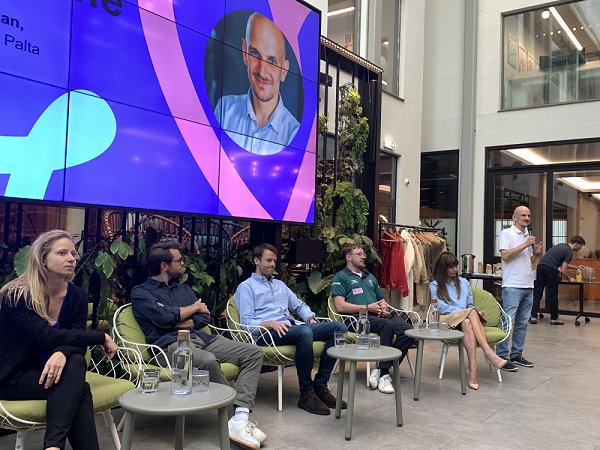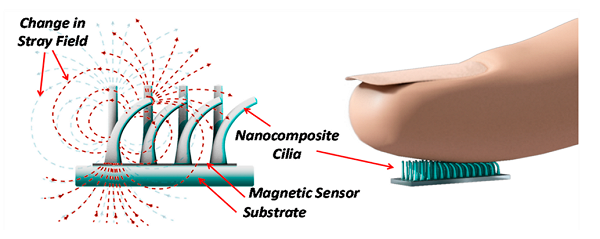This is a story which I regularly tell clients, and occasionally I have had the chance to present it to an audience during some meetings of the Tech Community.
The story can be variously referred to as:
• The weedkiller letter
• The 80 20 rule (the Pareto law)
• Ditching the D clients
• The Soho film production company
It used to be on AudioBoom (formerly AudioBoo) until they changed their business model a few years ago. Originally I posted it (during the festive season) on Monday 20 Dec 2010 and the audio track is here for anybody who prefers a 4 minute podcast.
And if you want the quick version in plain text, this is it:
| There was a small Soho film production company, with 2 directors, a total staff of about 10, and a client base of around 40, which offered services to people who wanted 30 second TV adverts, 30 minute training videos, and 3 hour blockbuster movies to rival Hollywood. They didn’t get many of the latter, but they did get a lot of the other two.Every year, on the day of the office Christmas party, the full team would gather in the main production room, sitting on the few chairs, on the tables, and wherever they could, and listen to the directors give an informal annual review. These were the days before the internet and digital systems, so everybody worked in the same place. As part of the “what’s been good” and “what’s been bad” discussion, the staff were allowed to speak freely. Each year, something like this would happen:
• Staff A: “Remember Tom, and the perfume advert, he was a nightmare.” The two director’s, sensing the sentiment in the room, agreed. “Tom, Dick and Harry . . . OK, we’ll send them the weedkiller letter.” And the staff knew exactly what that meant. On the 31st of December, a Special Delivery letter would be sent to each of these separate customers. At its core the letter had this basic message “Dear Tom, it’s been lovely working with you this year. We can see that your approach is a bit different to ours, and we think that you would be better served by a different sort of film production company next year. We wish you all the best for the future.” Nothing derogatory. Simple facts, simple dialogue, and a clear message that we do not want your business. This happened every year, on the day of the office Christmas party, and every year the staff go out and have the most marvellous Christmas party ever because they know that next year they won’t have to work with Tom, Dick and Harry. It is said that you get 80% of your satisfaction from the top 20% of your clients. And you get 80% of your aggro from the bottom 20%. If you could slice off the bottom 20% of your client base you would lose 80% of your aggro. Perhaps 20% is a bit drastic, but as with the Soho film production company, maybe you could dispense with 5% or 10%? The best gardeners in the world do not keep a patch for the weeds. In business, should we?
|







